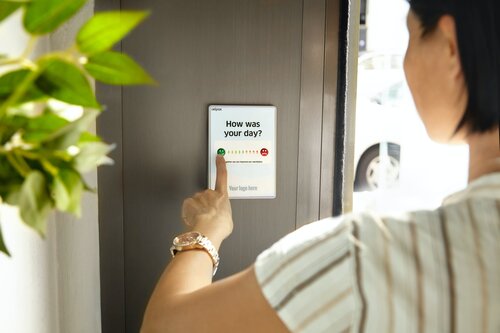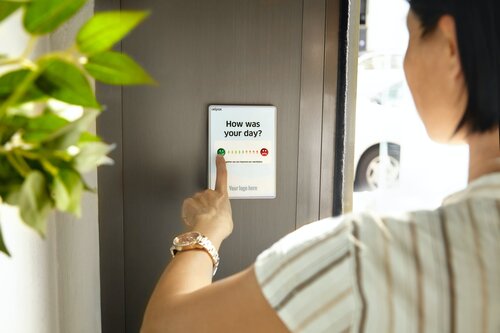
What do your employees say?

It can’t be stressed enough that the relationship between employee and employer is a two-way street. As much as employees need to listen and communicate with their employers, the same employers also need to have a pulse on what their employees are thinking and feeling.
According to a report from management firm Qualtrics, 65% of employees say it’s very or extremely important for their company to listen to feedback, making it one of the best ways to improve the employee experience.
In the article below, we’ll go over the various benefits of prioritizing employee feedback and how businesses can get a better pulse on what their employees are really going through.
The Timely Benefits of Feedback
One of the most effective ways to gather feedback is to set up an employee listening program. Each program can contain anything from issuing surveys to focus groups, but the point remains the same: give employees a platform for them to be consistently heard.
According to the Qualtrics report, employees with access to listening programs are twice as engaged. Additionally, almost 70% are very or extremely likely to stay with a company longer, and more than 90% will be more resilient in the face of change.
Given the disruptions caused by the COVID-19 pandemic, anything that will help employees deal with fluctuating circumstances and stay close to their work is an investment.

Feedback Tools
With the importance of feedback increasingly clear, more companies have developed tools to guarantee free-flowing dialogue in the workplace and move towards employee happiness.
In the case of Q2 HR Solutions, the employee pulse is gauged by the Happiness Index Survey. Through the Happiness Index, management seeks answers on matters such as employee engagement, employee satisfaction, job performance, job security, and other related attributes. The survey is released weekly during the company Zoom town halls, Skype, and through a company Facebook group called “The Quaeritan”.
The Happiness Index survey is based on Herzberg's Motivation Theory model or the Two Factor Theory that posits that two independently acting factors are the root cause of all dissatisfaction in the workplace. Based on the theory, all dissatisfaction can be traced back to either concern of hygiene (workplace conditions) or motivation. In 2020, the Happiness Index survey focused on the former and the 2021 edition will focus on the latter.
An additional layer of science to the Happiness Index can be seen when calculating the Happiness Level of employees. The Happiness Level is calculated by getting the frequency of score in the 4s and 5s (indicating high levels of satisfaction) divided by the total number of survey participants. On a scale of 0 to 100%, the minimum target happiness score is 60% while the participation rate is at a target of 80%.
Conclusion
Perhaps one of the greatest dangers around the business disruptions caused by the pandemic is the possibility of losing touch with how employees are feeling. As established above, this can be a fatal mistake for the business—when employees no longer care or are outright unhappy, productivity, work quality, and organizational culture all take a hit.
Aside from harnessing the right tools to keep a constant ear to employees, what’s important is turning feedback into action. When management swiftly moves to remedy employee concerns, such as the case with Q2, it can confidently say that its employees are truly valued. In a world where work/business is evolving at a dizzying pace, that can make all the difference between a happy employee and a disgruntled one.